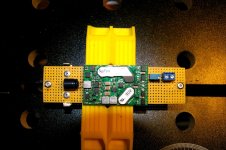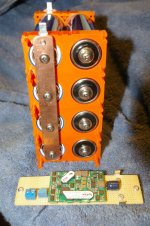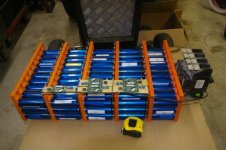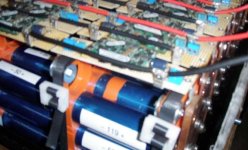Jeremy Harris
100 MW
jag said:Hi Jeremy,
Any updates on how your DC-DC converter chargers performs?
I was also curious if in practice one could make a universal LiPo, LiFePO4 charger, by switching voltage adjust resistors. This would mean going below the -20% down adjustment rated in the spec. I was curious if you tried it in practice, and at what the lowest output voltage the converter would work (Fig 17 in the spec on the other hand could be interpreted that the low voltage shut off should be as low as 1V, but that is probably optimistic...)
I also noticed that you limit current with resistors, instead of relying on the internal CC current limitation. Is that because you wanted a tapering off charge current or that the CC mode didn't work well?
I've only done a few charges with them, but they seem to work OK. I can't get these DC DC converters to go down low enough to charge LiFePO4 - they are pretty much on their lower limit at 4.2V, even the voltage trim equation doesn't hold up down at this level.
I opted to include the current limiting resistors purely because I didn't need the full power that these converters could put out. In the light of experience I'd say that the resistors might not be needed - there would be enough voltage drop at high current in the connecting wires to keep everything within limits, provided that you have a power supply that can drive it OK.
The LiFePO4 charger that I built a year or two ago, using modded 3.3V DC DC converters, still works very well. It charges to 3.63V per cell at up to around 15A. I didn't bother using resistors to limit the current with that one but the charge leads get a bit warm, so I'm guessing they are doing the current limiting.
It would be possible to build a charger that uses a single power supply, but two sets of DC DC converters, one set for LiPo and one set for LiFePO4. Might be a solution for a "universal" charger.
Jeremy







